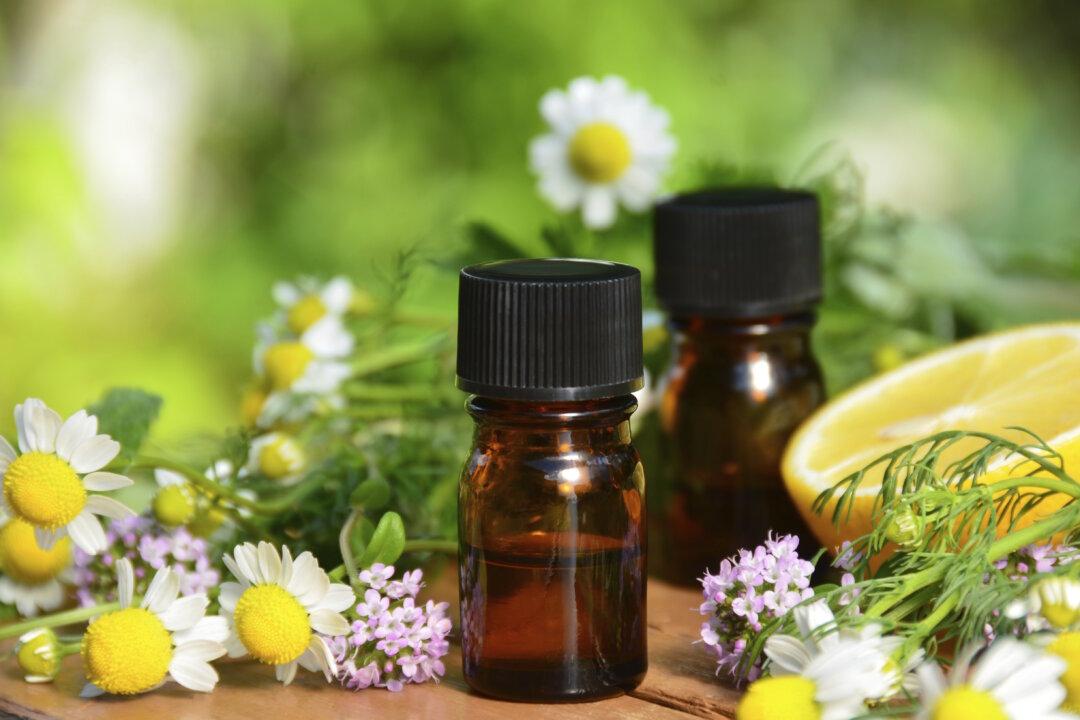When we think of cooking with herbs and spices, we usually reach for the fresh or dry versions of those ingredients to add flavor and depth to our culinary dishes.
Now imagine enjoying those herbs and spices in a concentrated medicinal form that not only provides an intense spectrum of flavor, but is packed with different compounds, some of which cross the blood-brain barrier because of their small molecular size.

